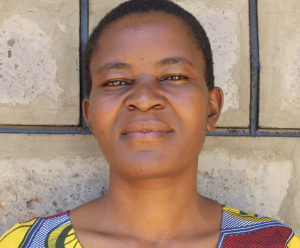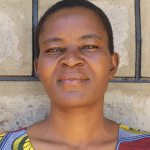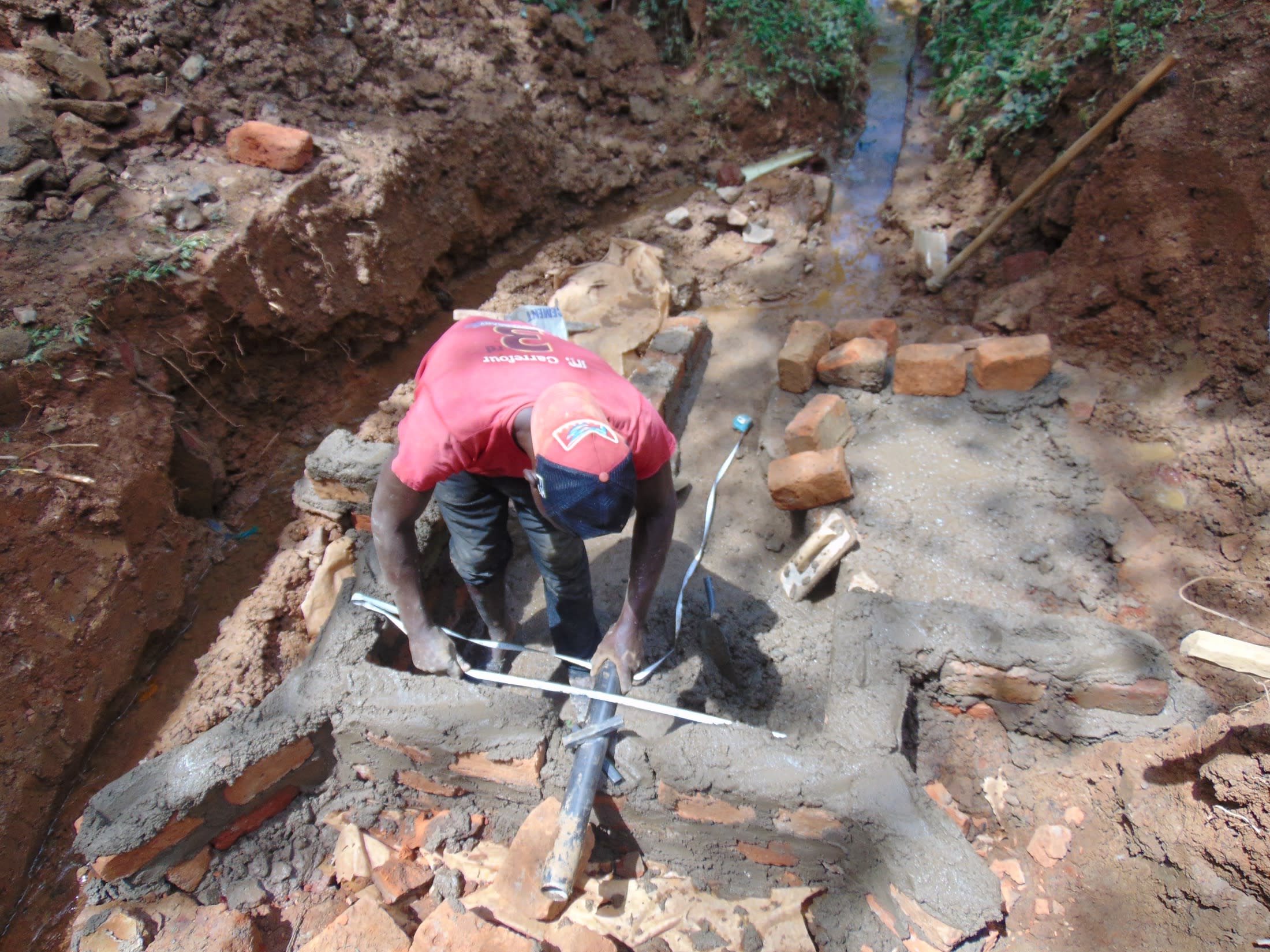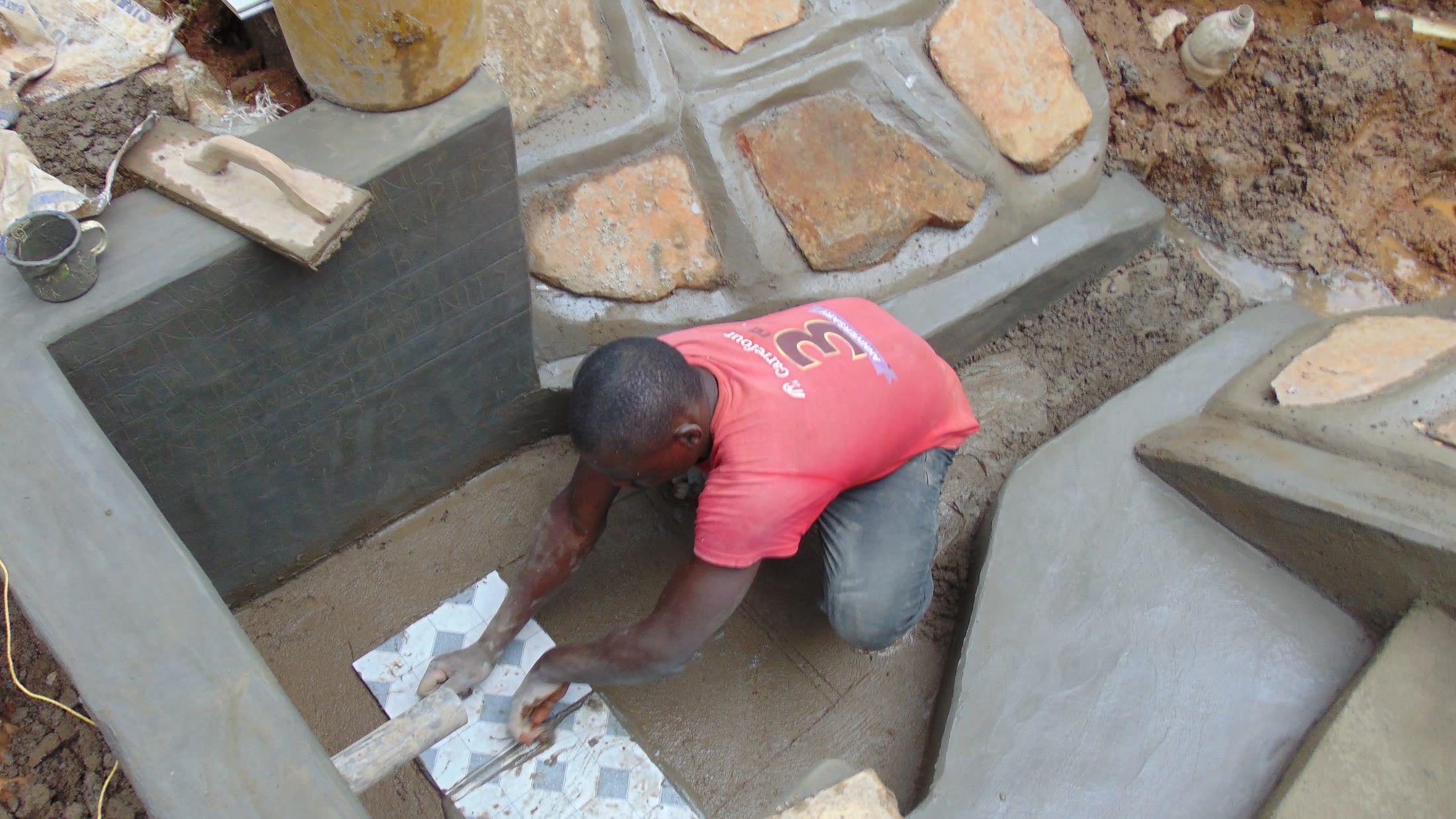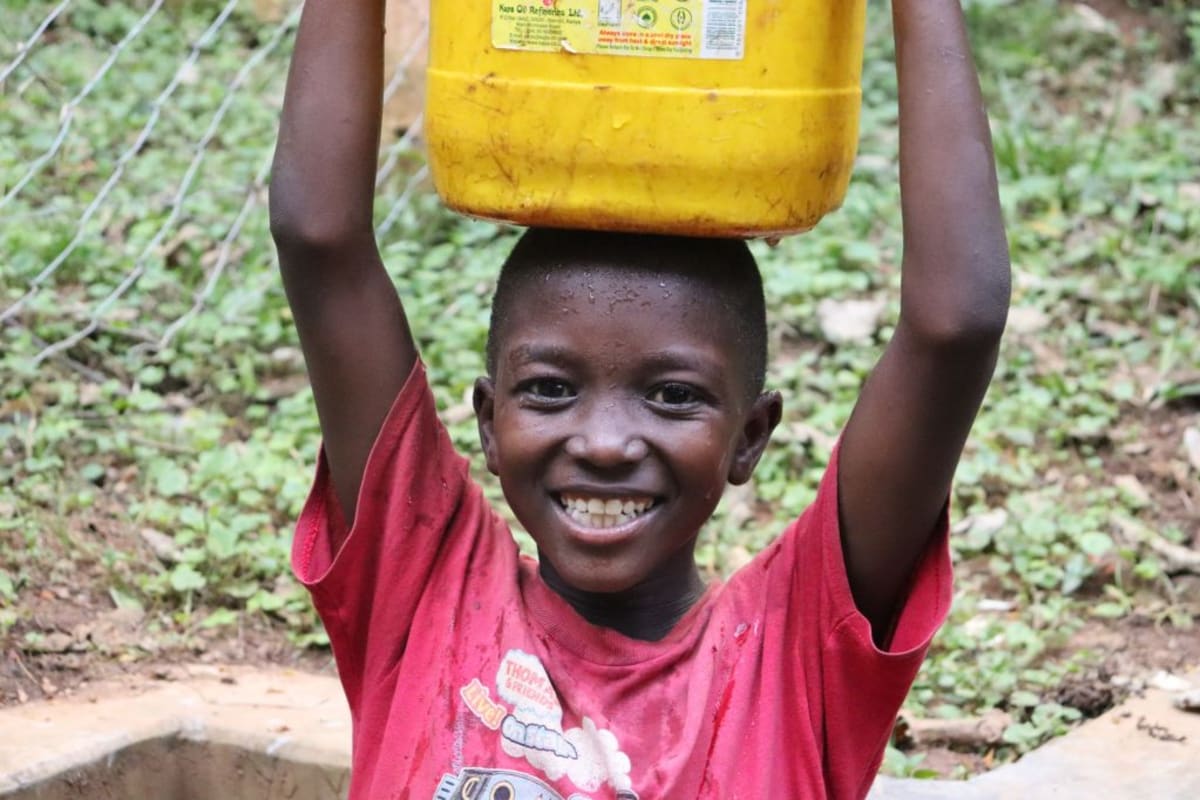The 175 community members who live in Enyakwaka rely on Nyamwoso Spring for their daily water needs, but the spring is overcrowded and offers water that is making people sick.
The spring was protected more than ten years ago, but in its current state, community members can no longer access safe, clean water.
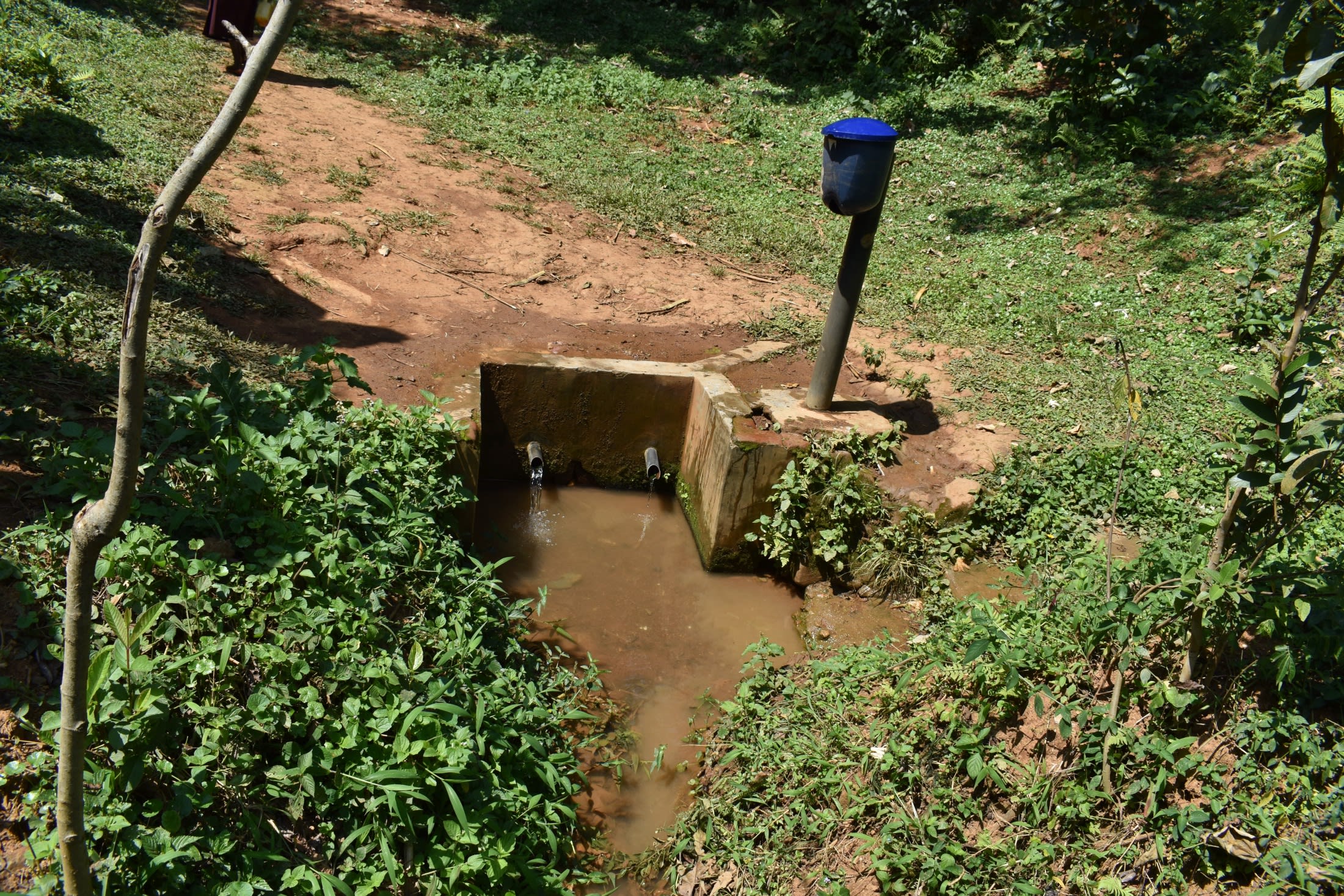
The spring needs to be rebuilt. It leaks, the concrete floor has been swept away, water collects in the area behind the discharge pipes, becoming muddy and stagnant, and there is no staircase, so it is hard for community members to access the water point safely.
"[I] am really affected because I have been sick for a long time suffering from amoeba, and my business has gone down because I cannot run it when [I] am sick. It will take time for it to pick up again now," said 50-year-old business lady Florence Mandela, shown below collecting water at the spring.

Not only are people getting sick by consuming the water, but they also waste too much of their valuable time waiting in queues to collect it.
"Personally, [I] am affected because we have a long queue in the spring always, and I fear passing the adults. This makes me late for school most times, and most of the time, I have been punished for lateness," said 10-year-old Nice M., shown below fetching water.

Once the spring functions correctly, the amount of time it takes for people to collect water should drastically decrease and allow them time to complete other important tasks in their day and regain their health.
What We Can Do:
Spring Reconstruction
Although the community attempted to protect this spring, it does not meet World Health Organization standards, which ensure that the water is protected from contamination and safe to access. Local expert artisans will remove the previous spring elements and correctly install new components to ensure the community’s access to clean, sufficient water.
Reconstruction by The Water Project artisans will ensure that this spring has all of the necessary components of a spring protection, which include:
- Stairs to provide access during any season
- Drainage channels to avert stagnant water
- Fencing to prevent the spring box’s filtration layers from being compacted by people and animals
- Correctly positioned discharge pipe(s) that allow(s) water-collection containers to sit beneath without human intervention
- Cement floor with tiles that preclude structure erosion
- Walls that channel water for proper drainage
- A chlorine dispenser to treat water for added safety
Reconstructing the spring will help provide access to cleaner and safer water and reduce the time people have to spend to fetch it. Construction will keep surface runoff and other contaminants out of the water. With the community’s high involvement in the process, there should be a good sense of responsibility and ownership for the new clean water source.
Fetching water is a task predominantly carried out by women and young girls. Reconstructing the spring and offering training and support will, therefore, help empower the female members of the community by freeing up more of their time and energy to engage and invest in income-generating activities and their education.
Training on Health, Hygiene and More
To hold training, we work closely with both community leaders and the local government. We ask community leaders to invite a select yet representative group of people to attend training who will then act as ambassadors to the rest of the community to share what they learn.
The training will focus on improved hygiene, health, and sanitation habits in this community. With the community’s input, we will identify key leverage points where they can alter their practices at the personal, household, and community levels to affect change. This training will help to ensure participants have the knowledge they need about healthy practices and their importance to make the most of their water point as soon as water is flowing.
Our team of facilitators will use a variety of methods to train community members. Some of these methods include participatory hygiene and sanitation transformation, asset-based community development, group discussions, handouts, and demonstrations at the spring.
One of the most important issues we plan to cover is the handling, storage, and treatment of water. Having a clean water source will be extremely helpful, but it is useless if water gets contaminated by the time it is consumed. We and the community strongly believe that all of these components will work together to improve living standards here, which will help to unlock the potential for these community members to live better, healthier lives.
We will then conduct a small series of follow-up trainings before transitioning to our regularly scheduled support visits throughout the year.
Training will result in the formation of a water user committee, elected by their peers, that will oversee the operations and maintenance of the spring. The committee will enforce proper behavior around the spring and delegate tasks that will help preserve the site.

 Protected Spring
Protected Spring
 Rehabilitation Project
Rehabilitation Project










